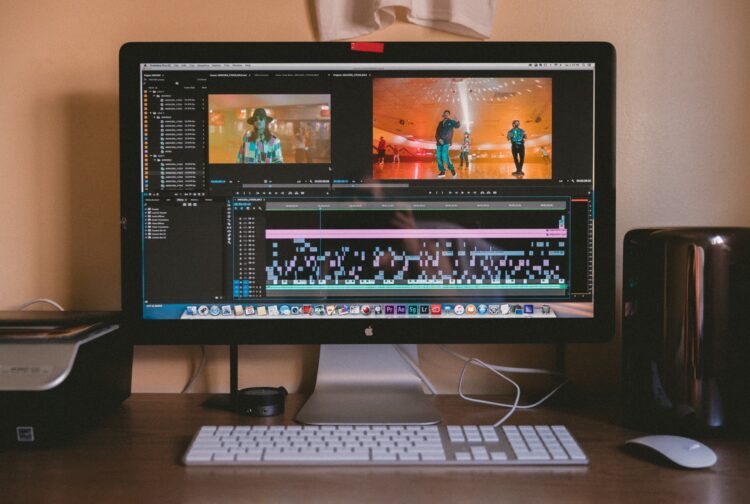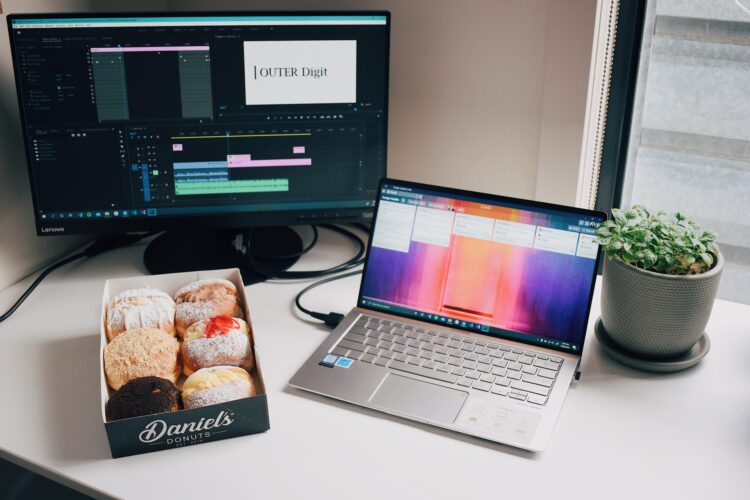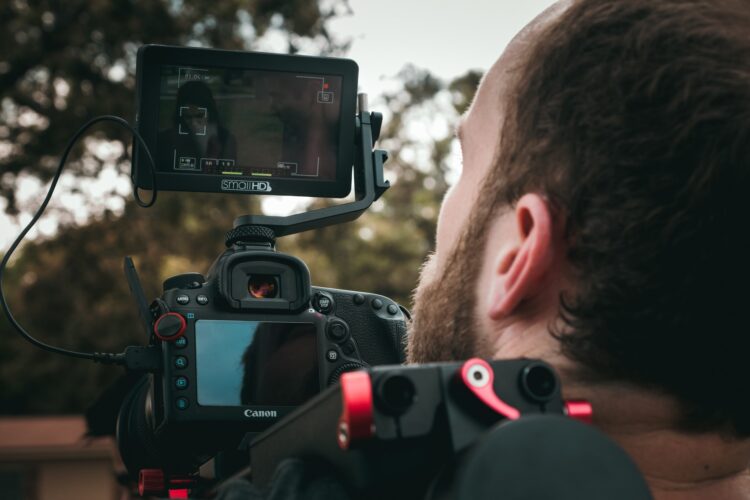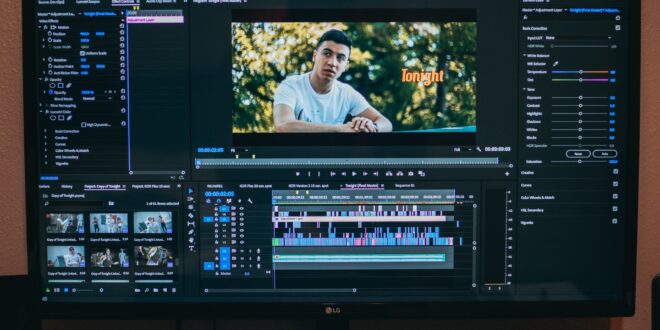Have you ever tried watching a suspenseful movie scene without sound? If you did, you have to admit it’s pretty boring that way. That’s background music is a great way to accentuate what’s going on in the video. People have been adding sounds, music, laugh tracks to their TV shows, movies, and in recent years to their YouTube videos and streams. Video content has never been more popular than it is now. Almost everyone spends a significant amount of time every day watching videos. Whether it’s your favorite streamer or any other content creator, we tend to watch way more than listen or read nowadays.
That hunger for new videos has made content creator step up their game and create better, more interesting videos. One of the things that have gotten significantly better over the years is the audio aspect of the video. It’s hard to find a video nowadays that has no background music or sounds of some kind. People have created their own jingles and theme songs to set themselves apart from the competition.
But, what happens when you want to use a music piece created by someone else but have no way of contacting the person? How do you add music to your video and avoid being copyright struck or paying for royalties? How do you add the best possible background music to your video and what should you pay attention to? If you’re asking yourself any of those questions, stay tuned (pun intended) because we’re here to help you out. Without further ado, let’s get straight to the business.
1. Decide what you want to accomplish with the track

It’s not as simple as just pasting a track onto a video and letting it play in the background. There are a lot of things to consider when deciding on a track. Do you want it to just fill the silence while you’re talking? Do you want it to add to the atmosphere? Is your goal to make something stand out or you just want some intro or outro jingle? All of these mean a different track.
For example, an educational video for children would hardily benefit from dubstep or a heavy metal track. Anthrax and a toy review don’t really work together. However, if the video is some kind of a battle scene, with guns, shooting, and explosions, something like heavy metal is more than appropriate given the amount of energy a video carries.
To make it easier, try and remember this.
An educational, reviewing, or instructional video – Use subtle music not to draw attention away from speech and information, but still maintain attention and fill the silence.
Storytelling – Use music appropriate to the story, something that fits the mood. For example, accompany action with a high-paced, energetic track and for a sad story – add some mellow, slow tracks.
Ads – Use instrumental tracks with dramatic moments to draw attention to key points.
2. Research your music

This might sound confusing, so we’ll elaborate. We do not mean that you have to do the research on genres or artists, learn the band history or understand the message or influences. What we mean is, find out whether the music you plan on using is free to use. If you don’t do that, you can get yourself in legal trouble, end up paying fees, and even get your video taken down or in the case of repeated offense, possibly lose your channel. A great way to find music that is royalty and copyright free is by browsing Joystock and their extensive library.
3. Compose it yourself

Another way to avoid paying royalties is to create music yourself. This can be very hard if you’re someone that doesn’t have any musical background, but, it doesn’t necessarily have to be. There is an abundance of programs and apps, both for your PC and phone, which you can use to easily compose a song. Some of them have samples that you can use or patterns to go off of. It may take some work, but hey, you’ll end up with a new skill.
If you’re a musician, it’ll be a lot easier for you, but still, composing is not as easy as playing. One thing to remember is you don’t have to create the next masterpiece, all you need is a background track to raise your video to the next level. A few chords played on a piano or an acoustic guitar can do so as well.
4. Hire a producer

You would be spending money in this case, however, you’d be paying a person to compose something for you, just like you’d pay an editor to touch-up your video. So, another way to avoid paying royalties for the music in your video is to have someone compose a song for you. This works best if you’re looking for a theme song, a track that always plays in the background, or an intro or an outro for your video. Unless you’re working with a sizeable budget and are ready to pay for different, original music for every video, this is not an option.
5. Find a similar song

We all know how it is to have a song stuck in your head. Sometimes that song is something you might want to use for your next video, but, unfortunately, that song is either copyrighted or very expensive to use. What do you do then? Well, luckily for you, chances of something truly original existing after hundreds of years of composing are slim to none. That means, there’s a strong chance you can find a royalty-free, fairly similar track to the one stuck in your head that you’ve wanted to use. This might sound like a hard thing to do, but it really isn’t. You could simply google ‘songs similar to (insert title here)’ and find a couple of matches. There are even some apps that let you upload a song so they can compare it to the music in their database and find you a match.
There are a few ways in which you can avoid paying royalties or avoid copyright claims for the music in your video, you just have to know where to look and what to do. Hopefully, these tips have steered you in the right direction so you can, as well, use royalty-free music for your video.
 Hi Boox Popular Magazine 2024
Hi Boox Popular Magazine 2024



